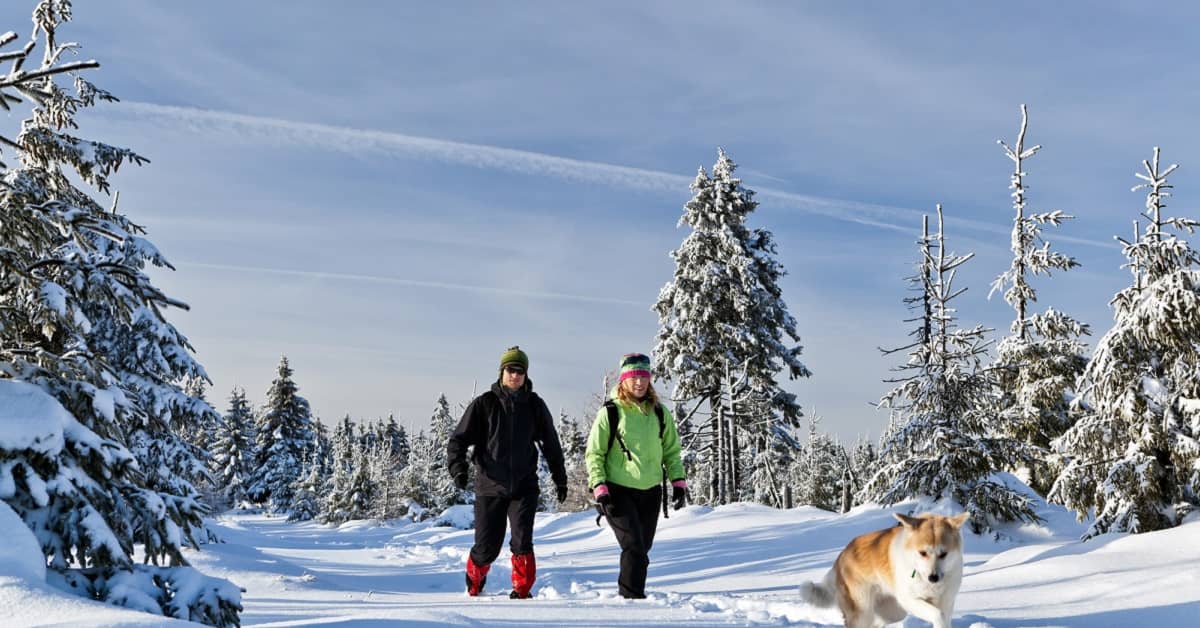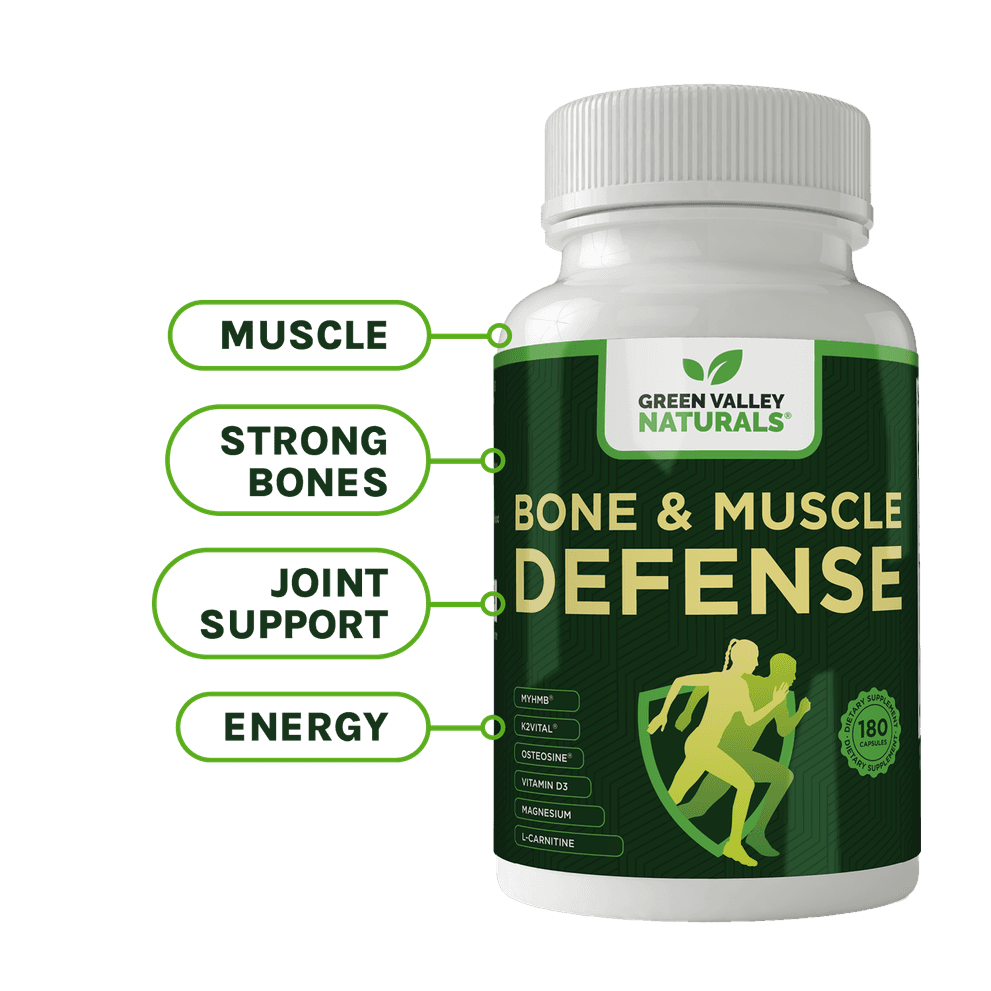
Would you brave the cold if it meant burning more calories, boosting your mood, and strengthening your heart? While winter’s chill might tempt you to hibernate indoors, science suggests that exercising in cold weather has unique benefits that you simply won’t get from a heated gym. From turbocharging your metabolism to improving your mental well-being, stepping outside—even when it’s frosty—might be one of the best things you can do for your body and brain. But how cold is too cold, and how can you stay safe while reaping the benefits? Read on to uncover why winter workouts might be your secret weapon for better health.
Key Takeaways
-
Burn More Calories in the Cold: Cold weather activates brown fat, increasing calorie burn by up to 45% and speeding up metabolism.
-
Winter Workouts Improve Mood: Outdoor exercise has been shown to reduce stress, lower depression, and enhance mood more than indoor activity, thanks to fresh air and natural light.
-
Boost Your Vitamin D and Heart Health: Exposure to sunlight during outdoor exercise helps produce vitamin D, which strengthens bones, enhances immunity, and reduces the risk of cardiovascular disease.
Freezing Your Way to Fitness: The Science Behind Cold Weather Workouts
Readers of this newsletter know that I am dedicated to taking a daily walk for its countless health and brain benefits. Gyms and malls are great places to get your “steps in,” but I prefer to step outside even if the weather’s bad.
Still, low temperatures can discourage even the most avid exercisers among us. I have my limits when it comes to cold. But, barring frostbite, there’s no need to let your motivation dip with winter temperatures. In fact, the latest science shows exercising outdoors, even in cooler weather, provides health benefits that indoor exercise doesn’t. Read on for the story.
It’s true. Scientific evidence points to outdoor exercise taking off more pounds, boosting your mood in unique ways and providing other improvements to your overall health.
Three Proven Outdoor Exercise Benefits
- Burns more calories: It turns out that exercising regularly in cold temperatures burns more calories. A study found that exercising in cold temperatures can increase the production of brown fat, the fat that burns calories, by 45 percent and boost overall metabolism significantly.1This is good news for those who tend to pile on the pounds during the winter months due to lower activity levels and eating more comfort foods during holiday celebrations.
- Boosts Mood: We all know that exercise, in general, improves mood, but did you know that outdoor exercise helps your mood even more? Research shows outdoor exercise provides a mental health boost beyond that of indoor gyms. A 2010 study found moving outdoors reduces anger and depression and improves mood.2 Another study suggests that exposure to sunlight enhances vitamin D production, which may be partially responsible for this mood-enhancing effect.3
- Improves overall health: The extra vitamin D you get from exercising outside also improves your overall health, from boosting immune function to strengthening your bones and improving your heart health. According to a study from the National Health and Nutrition Examination Survey, outdoor exercise may decrease the risk of dying from cardiovascular disease by up to 27 percent over being sedentary.4 While researchers in this study did not directly compare outdoor exercise to indoor exercise, they concluded the heart health benefits are directly associated with higher levels of vitamin D from sun exposure. This is especially important during the winter months when we have reduced sun exposure and a decreased production of vitamin D.5 This is one reason why I take a daily vitamin D supplement and encourage others to do the same.
Now that you’ve seen the research let’s get ready and motivated to head outside.
Three Winter Exercise Tips
Be a weather watcher: First, check the forecast before heading outside. Temperature, wind, and moisture should all be taken into account. Pay close attention to the “wind chill” factor, and if it’s extreme consider modifying your exercise plan. According to the Mayo Clinic, if the temperature dips below zero F (minus 18 C) or the wind chill is extreme, consider choosing an indoor exercise until the frigid weather passes.6
Frankly, zero is too cold for me. I salute the hardy souls who can take it. 32 degrees F is my discomfort threshold.
Dress for cold weather success: Dressing too warmly for outdoor exercise is a common mistake. After scoping out the weather report, you may think, ‘Whoa, I need to bundle up!’ Well, yes and no. You see, with each step you take, you’re generating heat that will make you feel warmer. But when that sweat evaporates, it pulls the heat away from your body and you are left shivering.
Ask any regular winter exerciser, and they’ll tell you that layering is the answer to this dilemma. You can remove a layer when you heat up and then put it back on when you chill down. Experts suggest you start with a synthetic base layer (not cotton), which helps draw the sweat away from the body. Next, opt for a fleece or wool insulation layer. And finally, top it off with a waterproof, breathable shell.
Based on the weather and the intensity of your walk, you may want to experiment until you find the winning clothing combination for your taste. Also, don’t forget your head, hands, feet, and ears, all vulnerable to frostbite.
Drink up: We associate hydration with warmer weather, but it’s just as important during cold weather. It can be tricky as you may be less likely to notice thirst in the winter. Research shows that your thirst response may be blunted in cold weather.7 So, remember to drink up before and after outdoor winter exercise to prevent dehydration.
Still, you may hate exercising outside in frigid temperatures. Or you may have respiratory issues that are irritated by cold air. Neither one of these is an excuse to skip exercising during winter months.
Grab a friend and get your steps in at the mall or an indoor track at a local school that’s available to the community. Or help the time fly by listening to an audiobook while you stride on an indoor gym’s treadmill. And remember, warmer temperatures are just a few months away!
Summary
Cold-weather exercise offers surprising health advantages beyond what you’d get from an indoor workout. Studies show that exercising in lower temperatures increases calorie burn by activating brown fat, improves mood more than indoor exercise, and boosts overall health by enhancing vitamin D production and cardiovascular function. However, proper preparation is essential to stay safe—checking the weather, dressing in layers, and staying hydrated are key. If the cold isn’t for you, alternative indoor options like mall walking or treadmill workouts can still help you stay active. With the right strategy, winter doesn’t have to freeze your fitness goals.
Frequently Asked Questions
Why does cold weather exercise burn more calories?
Cold temperatures activate brown fat, which burns calories to generate heat, increasing metabolism and fat loss.Is it safe to exercise in freezing temperatures?
Yes, but it's important to check the wind chill, dress in layers, and watch for frostbite signs. Avoid extreme cold below 0°F (-18°C).How does outdoor exercise improve mood?
Being outside in natural light helps boost vitamin D production, which is linked to improved mental health and lower depression rates.What should I wear for outdoor workouts in winter?
Dress in layers: a moisture-wicking base, an insulating mid-layer, and a waterproof outer shell. Don’t forget gloves, a hat, and warm socks.What if I can’t tolerate cold air for exercise?
Indoor options like mall walking, gym workouts, or using a treadmill at home can help you stay active during winter.https://www.livescience.com/49652-what-is-brown-fat-facts.html
https://pubs.acs.org/doi/abs/10.1021/es903183r
Kerr, D.C. et al. (2015). Associations between vitamin D levels and depressive symptoms in healthy young adult women. Psychiatry Research, 227, 1, 46-51.
https://www.ncbi.nlm.nih.gov/pubmed/27089974
https://www.webmd.com/vitamins-and-supplements/ss/slideshow-vitamin-d-overview
https://www.mayoclinic.org/healthy-lifestyle/fitness/in-depth/fitness/art-20045626

